This is a conversation I have with many of my clients that want to lose weight. I desperately want to free you of this arduous and largely ineffective process that sucks the life of, well, living.
We’ve all been told that weight loss is a very simple equation. If you eat less and exercise more (i.e burn more calories than you consume), you will lose weight. But for many of us, this doesn’t work. So what do we do? Blame ourselves, thinking we aren’t trying hard enough. We then eat even LESS and exercise EVEN MORE, leaving us exhausted and hungry but still the weight isn’t budging.
So what’s going on? Why isn’t it working?
The calorie equation was created way back in 1918, almost a century ago. It is becoming more and more questionable as evidence emerges to show that all calories are not created equal.
This means that two types of food might contain the same number of calories, but go through very different biochemical processes and trigger different hormone response in the body. These responses will either PROMOTE or DISCOURAGE fat storage.
Let’s compare 500 calories of white bread (a refined carbohydrate) to kale, a high fibre vegetable.
When you consume the white bread (about 6 slices equals 500 calories), it quickly breaks down to glucose and is absorbed into the blood stream, causing a surge in your blood sugar levels. This stimulates the release of insulin, a hormone that tells the body to store glucose as fat. Triglycerides are raised, inflammation is triggered and the hormone leptin is blocked. Leptin is our satiety hormone that signals to our brain that we are full. Without leptin, you won’t feel full and are likely to continue on eating.
When you eat 500 calories of fibrous kale (this equates to 15 cups, which would be a feat in itself!), there is no spike in blood glucose and insulin (which promotes fat storage) is not released. It would also be very difficult to consume this amount of kale as leptin would be triggered and give you the feeling of being full. As you can see there is a very different effect on the body and fat storage with these two different foods. Not to mention the amount of the of nutrients there are in kale compared to white bread!
Another example would be to look at fats. Fats contain more than double the amount of calories in carbohydrates, but again, fat does not stimulate the release of insulin. Fat also triggers the release of leptin, meaning you will feel full and won’t be able to continuing eating. This appetite control is the key to weight loss! Fats like avocados and olive oil are excellent examples of extremely healthful foods that are an important part of a healthy eating plan.
Weight loss and weight maintenance therefore comes down to simply eating real food. By letting go of the calorie counting and focusing on wholesome food with plenty of good fats, high quality protein and vegetables, you will optimize your health and wellbeing, whilst feeling completely satisfied. Many of my clients find that they are eating more calories than before but the weight continues to drop off.
To start the process, cut out the processed and packaged foods. Think about choosing foods that come from nature – ask yourself, “has this come from a tree, out of the ground or from an animal?” and if the answer is yes, then go for it. Focus on food quality and quantity will take care of itself. When was the last time you overate on kale, anyway?

